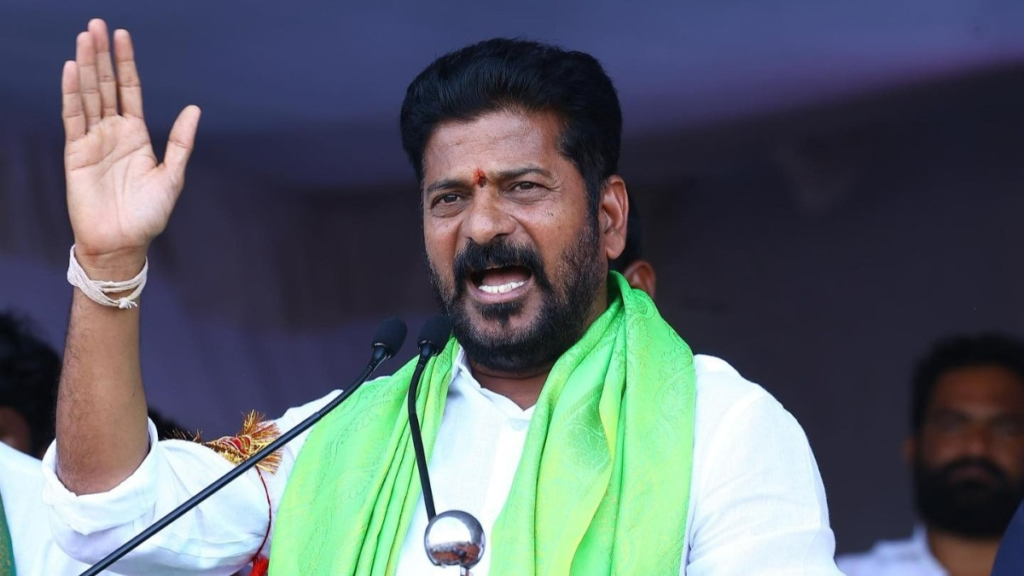
Telangana Introduces SC Sub-Categorisation: A New Chapter in Social Justice
Published: April 16, 2025
🚩 Introduction
Telangana has taken a landmark step in reshaping how social justice is delivered. By breaking down the single Scheduled Castes (SC) quota into smaller, more focused sub-groups, the state has become a trailblazer in equitable reservation. This initiative is a response to the growing call to ensure that historically underrepresented communities within SCs get their fair share of opportunities in education and employment.
📚 What Is Sub-Categorisation?
Not all communities within the SC classification have progressed equally. Some have been better represented in jobs and colleges, while others remain in the shadows, struggling for basic access. Sub-categorisation is Telangana’s way of correcting this imbalance.
Rather than a one-size-fits-all model, the state has created a layered structure, giving weight to the social and economic conditions of each sub-caste. It’s an effort to move from symbolic representation to true inclusivity.
📊 The New Reservation Breakdown
- Group I: 15 sub-castes identified as the most socially and economically backward – 1%.
- Group II: 18 sub-castes with moderate access to benefits – 9%.
- Group III: 26 sub-castes historically better represented – 5%.
This reallocation stays within the existing 15% SC quota and aims to ensure more balanced benefit-sharing.

📈 Policy Backed by Data
The decision wasn’t made overnight. A dedicated committee spent months examining data, looking into literacy rates, employment patterns, and living standards across SC sub-castes. Their findings highlighted serious gaps in how reservation benefits were being used.
The government then framed a policy that divides the benefits more strategically, ensuring that those who have long been left behind can now catch up.
📣 Reactions from the Ground
Reactions have been mixed but passionate. Many communities who’ve struggled to make use of the quota system have welcomed the move with hope. Others, who previously benefited more, have voiced concerns about losing ground.
Leaders from these communities have asked for transparency in how the groups were categorized, while activists from underrepresented sections have applauded the move as overdue recognition of their struggles.
🗺️ Broader Impact
With this reform, Telangana has set the stage for what could become a nationwide conversation. Other states, particularly those with large SC populations, are watching closely. There is already talk of similar reforms in neighboring Andhra Pradesh.
This isn’t just a state-level policy—it’s a blueprint for how affirmative action in India can evolve to be more precise, data-driven, and fair.
🔍 Why It Matters
- Bridges internal disparities: Ensures justice within justice.
- Encourages inclusivity: Recognizes that not all SC groups have progressed equally.
- Promotes balanced development: Supports the growth of neglected sub-castes without affecting the integrity of the reservation system.
📝 Final Thoughts
Telangana’s move to restructure its SC reservations is more than just a policy update—it’s a social correction. By shifting focus toward the least represented and basing decisions on real data, the state has placed itself at the forefront of progressive governance.
If followed wisely and updated periodically, this model has the potential to transform how India delivers on the promise of equality.





1 thought on “Telangana Introduces SC Sub-Categorisation: A New Chapter in Social Justice”